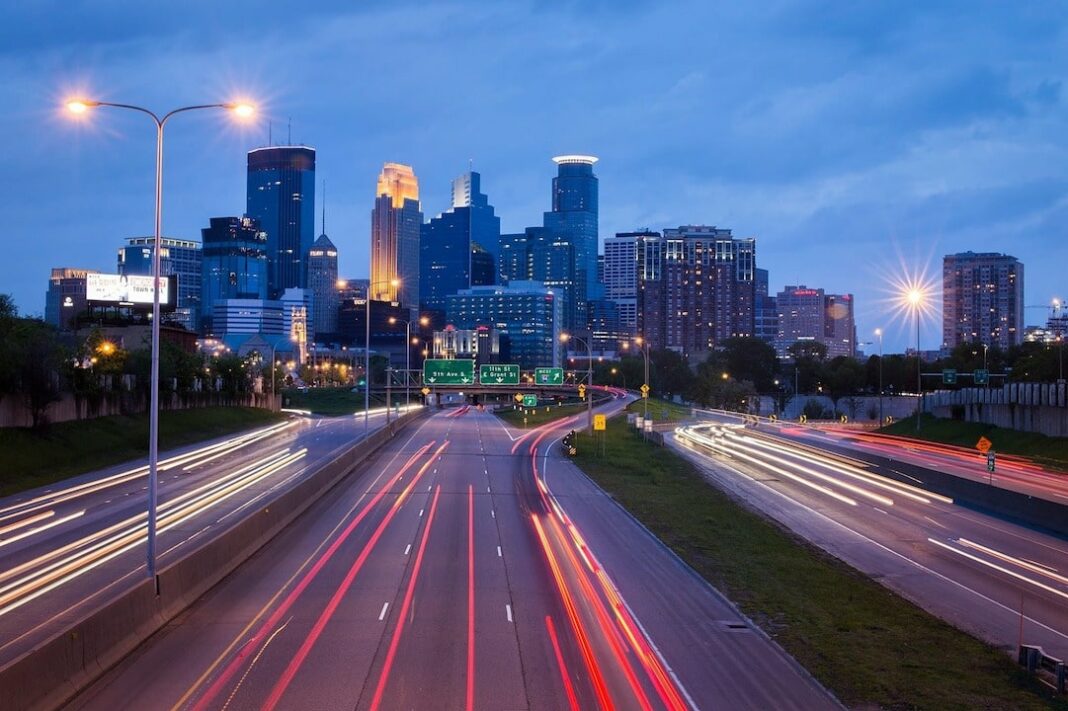Minneapolis might be a little under the radar when it comes to major U.S. cities, but there are more than a handful of reasons that make it the perfect place to live. Check out our moving guide complete with popular neighborhoods, cost of living facts, and things to do when you arrive in your new city.
Cost of Living
Here are some facts and figures about the average cost of living to keep in mind before moving to Minneapolis.
- Rent: the average cost to rent a 1-bedroom apartment is $1,410 and $1,850 for a 2-bedroom. These rates put Minneapolis in the top 25 priciest places to live.
- Transportation: monthly transit passes will cost around $84, on average. We’ll go into more detail on transportation options later.
- Food costs: residents in Minneapolis spend roughly 11% of their household budget on food, which is below the national average. Of this food budget, 54.5% is spent on meals at home, and 45.5% is spent on dining out.
- Taxes: sales tax in Minneapolis is 7.775%. There are also smaller alcohol, lodging, and downtown restaurant taxes.
Utilities and Internet
- Utilities: the average cost of utilities for a 915-square-foot apartment is $118.10.
- Minneapolis Utility Billing: water, sewage, garbage and recycling
- Xcel Energy: electricity
- Centerpoint Energy: Natural gas
- Internet: internet services range from $40-$75. Below are the largest providers in the Minneapolis area.
Weather
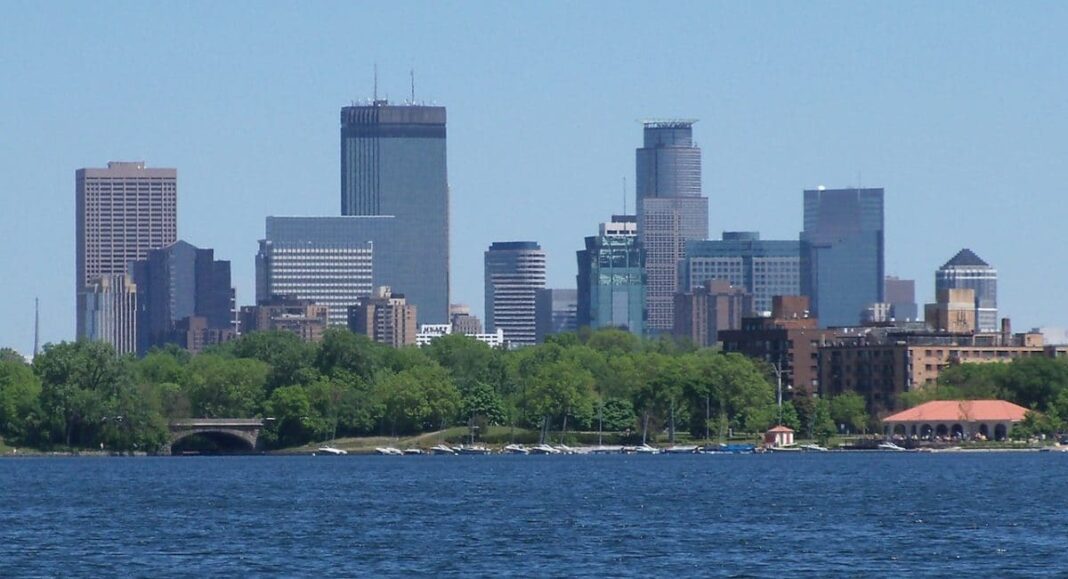
Minneapolis experiences all four seasons, so be prepared for everything. Winter months can see temperatures dip to the single digits, with average annual snowfall hovering around 55 inches. Summer sees warm temperatures in the 70s and 80s and plenty of sunshine for all your outdoor activity cravings.
Minneapolis Neighborhoods
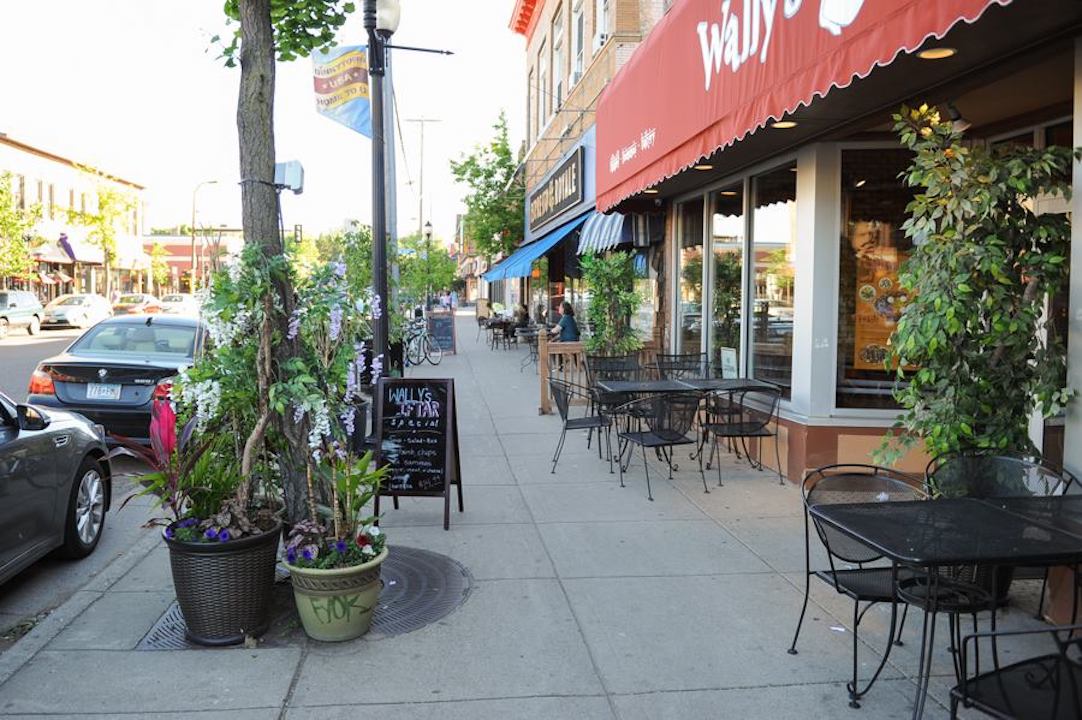
Of course, living in certain neighborhoods can alter your cost of living, so here are a few popular areas that Minneapolis residents like to call home.
- Dinkytown: If you’re a college student in Minneapolis, this is your neighborhood. Dinkytown has a personality all of its own, with college-themed bars and shops, its own biking pathway that connects the neighborhood to downtown and beyond, and plenty of entertainment options to hit up. A stroll down SE 4th Street should give you a good idea of this hood’s youthful vibe.
- Nicollet-Downtown West: You’ll be hard-pressed to find a part of Nicollet that isn’t connected to the the Minneapolis Skyway System. This 8-mile long pathway connecting 80 blocks throughout downtown Minneapolis features more than 140 eateries, a seemingly endless amount of shopping options, and plenty of bars and nightlife spots. In this hood, you’ll be both in the center of the city’s action and within walking distance to the waterfront and Stone Arch Bridge.
- Downtown East: Home to U.S. Bank Stadium, where the Minnesota Vikings take the field, this neighborhood hugs the shoreline of the Mississippi River. This city hosts the largest Somali population in the country, many calling this neighborhood home. Get your grub on at the countless international dining spots, catch a show at the 3-stage Guthrie Theater, and take a stroll through Gold Medal Park, a 7.5-acre green space with views of the Mississippi.
- North Loop and Warehouse District: Young professionals are flocking to this neighborhood for its blossoming food scene, trendy bars, and easy access to downtown. Target Field, home to the MLB’s Minnesota Twins, is situated in the heart of this hood, and James Beard-award winning restaurants supply locals with pre-game grub. Not to mention, the Minneapolis Farmers Market, locally-owned shops, and a handful of pet-friendly breweries make this place an easy sell.
Don’t Miss
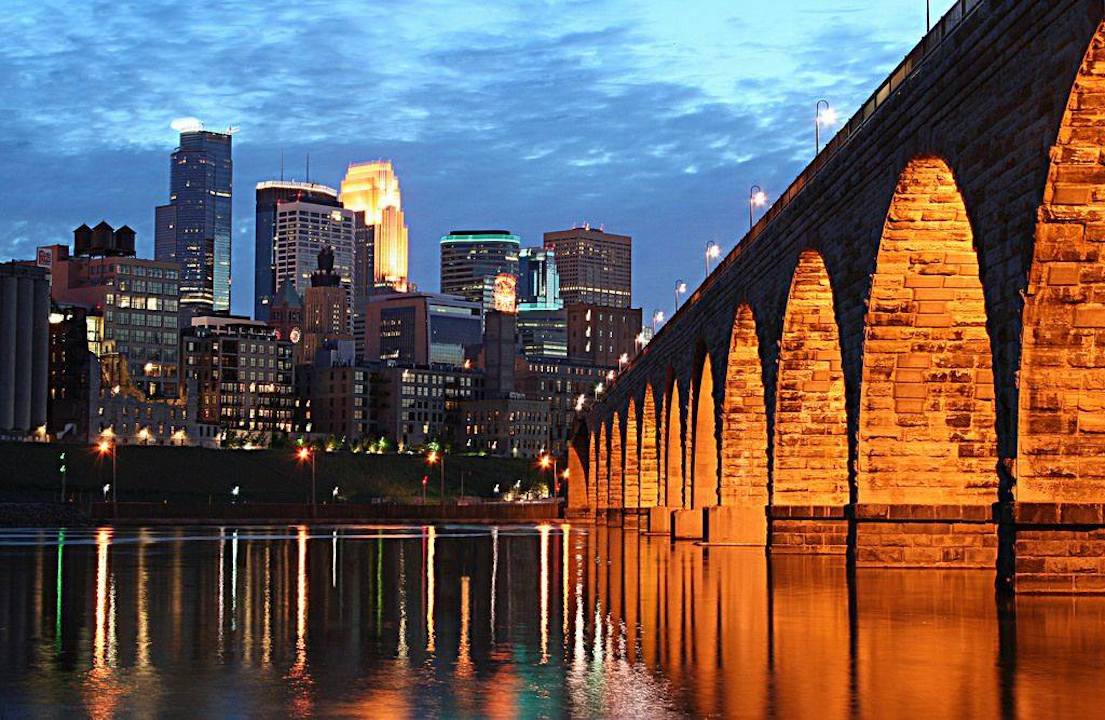
Be sure to take a walk along the Mississippi River and take the Stone Arch Bridge, a National Civil Engineering Landmark with a picture-perfect view of St. Anthony Falls. Or, take a kayak out on the river and experience the city from a unique perspective. Minneapolis isn’t shy when it comes to festivals; year-round, you can hit up block parties and concerts, craft fairs and art shows. Don’t forget that this town loves its sports, too. Catch a professional men’s baseball, basketball, football, or hockey game, watch the WNBA’s Minnesota Lynx take the court, and support the 25 University of Minnesota collegiate teams.
Transportation
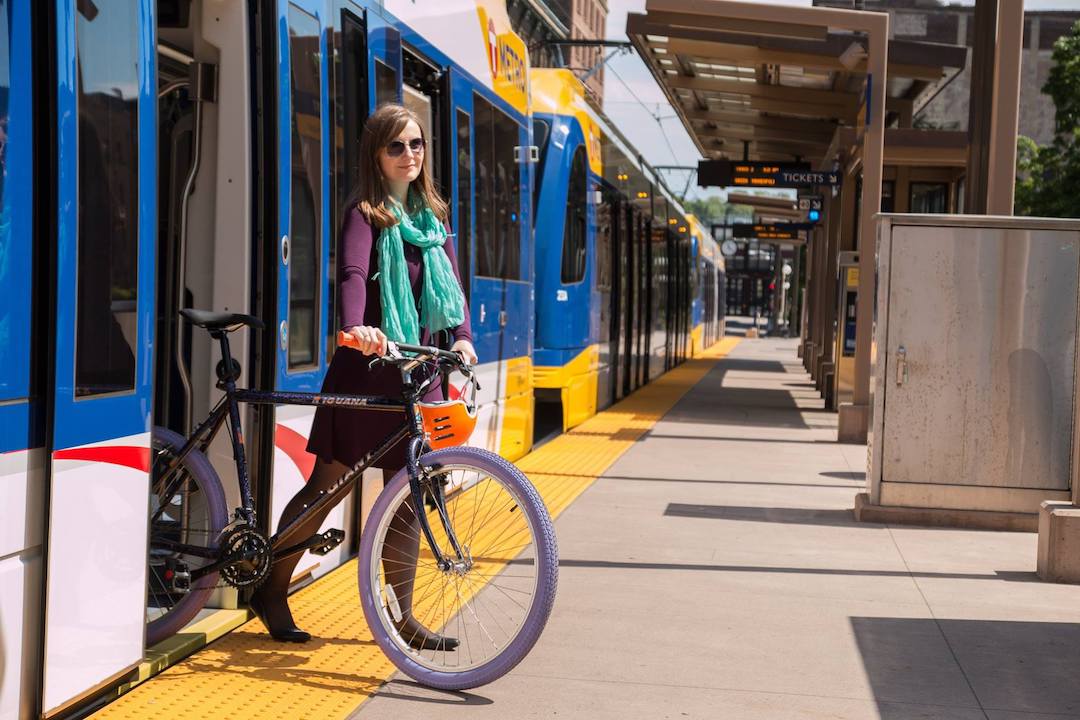
No need for a car here; the Metro Transit is the best way to get around the city. Buses service most areas throughout Minneapolis, and the Blue Line, Red Line, and Green Line light rail trains handle the rest. Want to head to nearby St. Paul? Hop on the Green Line and get there in under an hour. Plus, Minneapolis has its fair share of bike-friendly streets and walkable neighborhoods, so that car might be unnecessary depending on your hood.
How to Get to Minneapolis
Getting here is easy; from out of state, fly into Minneapolis-St. Paul International Airport. Before you call a cab, check out the Blue Line and catch a ride into the city center. From there, you can grab a bus or use a ride-hailing service to get to your exact destination.
Tips for Moving to Minneapolis
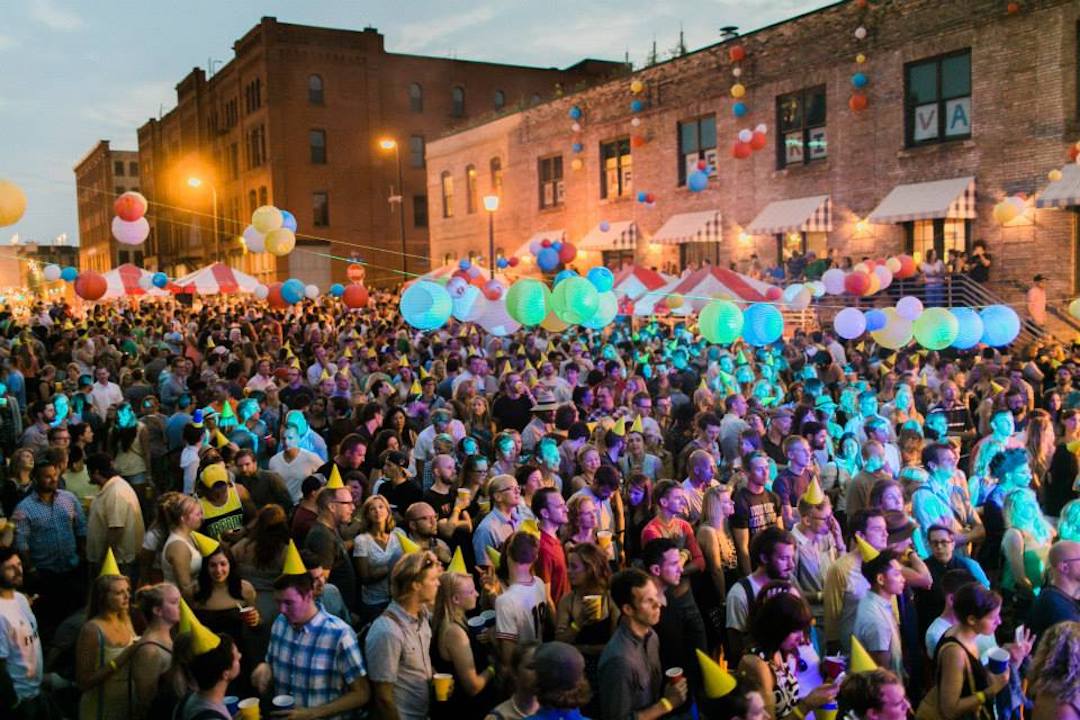
- Do: check out Northeast Minneapolis Arts District and see why USA Today readers named it the #1 Arts District in the country.
- Don’t: forget to eat at some of the country’s most highly-acclaimed restaurants. The Bachelor Farmer should be at the top of your list.
- Do: spend some time at the city’s theaters. The Pillsbury House is a staple in the Minneapolis community and the HUGE Improv Theater is the place to go for laughs.
- Don’t: miss Rock the Garden, an annual, one-day music festival held at the Walker Arts Center.
- Do: enjoy a brew at one of more than 30 local Minneapolis breweries.
This riverfront city has so much to offer that you might wonder why you’re not living there already. Minneapolis has plenty of neighborhood options so be sure to choose the one you like for your next apartment. Once you’ve figured out the basics, you’ll be ready to hit the town and start enjoying all that Minneapolis has to offer.

